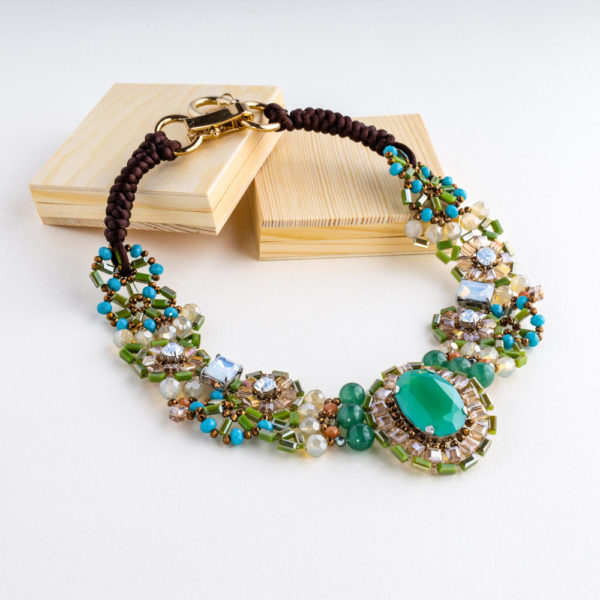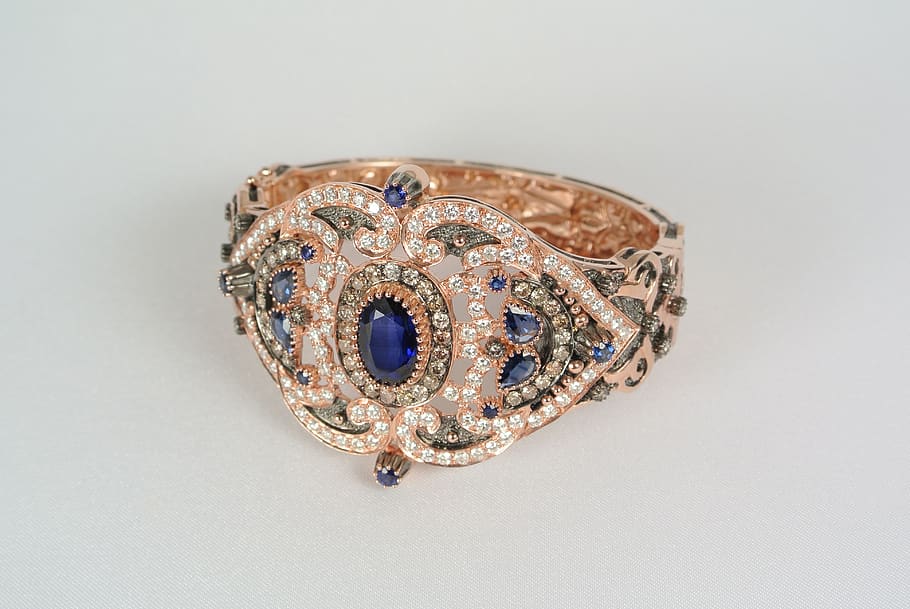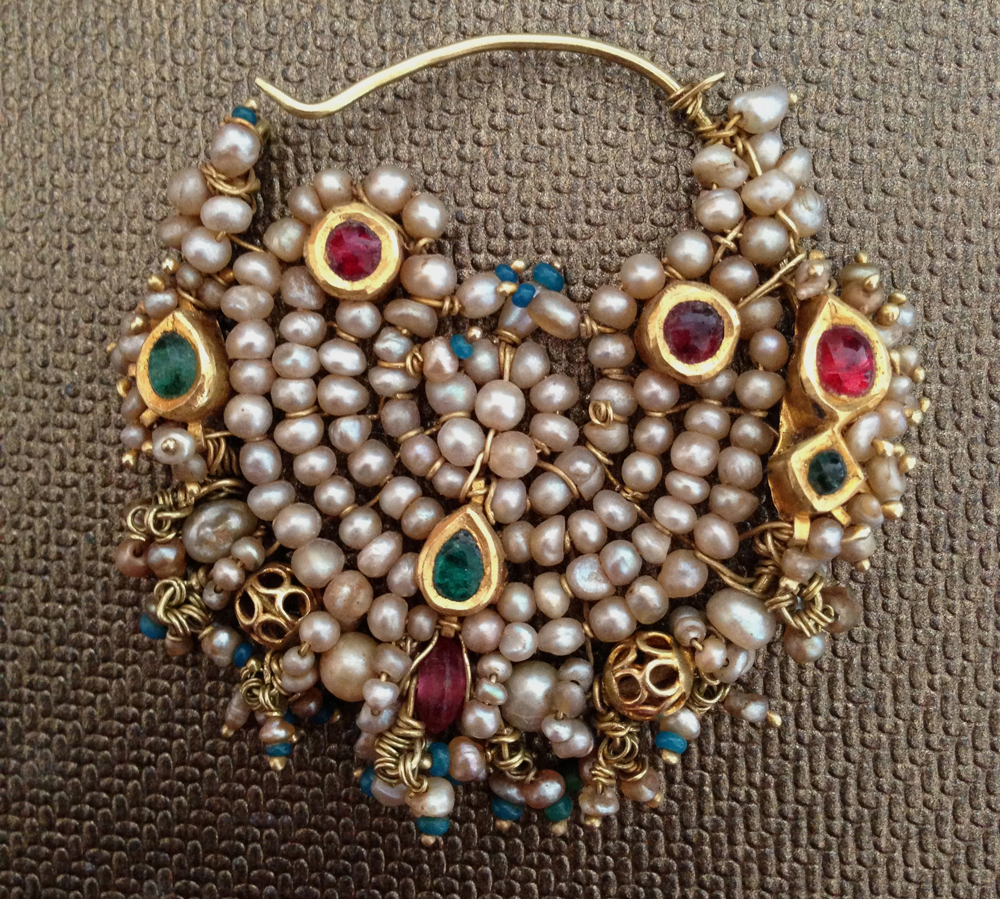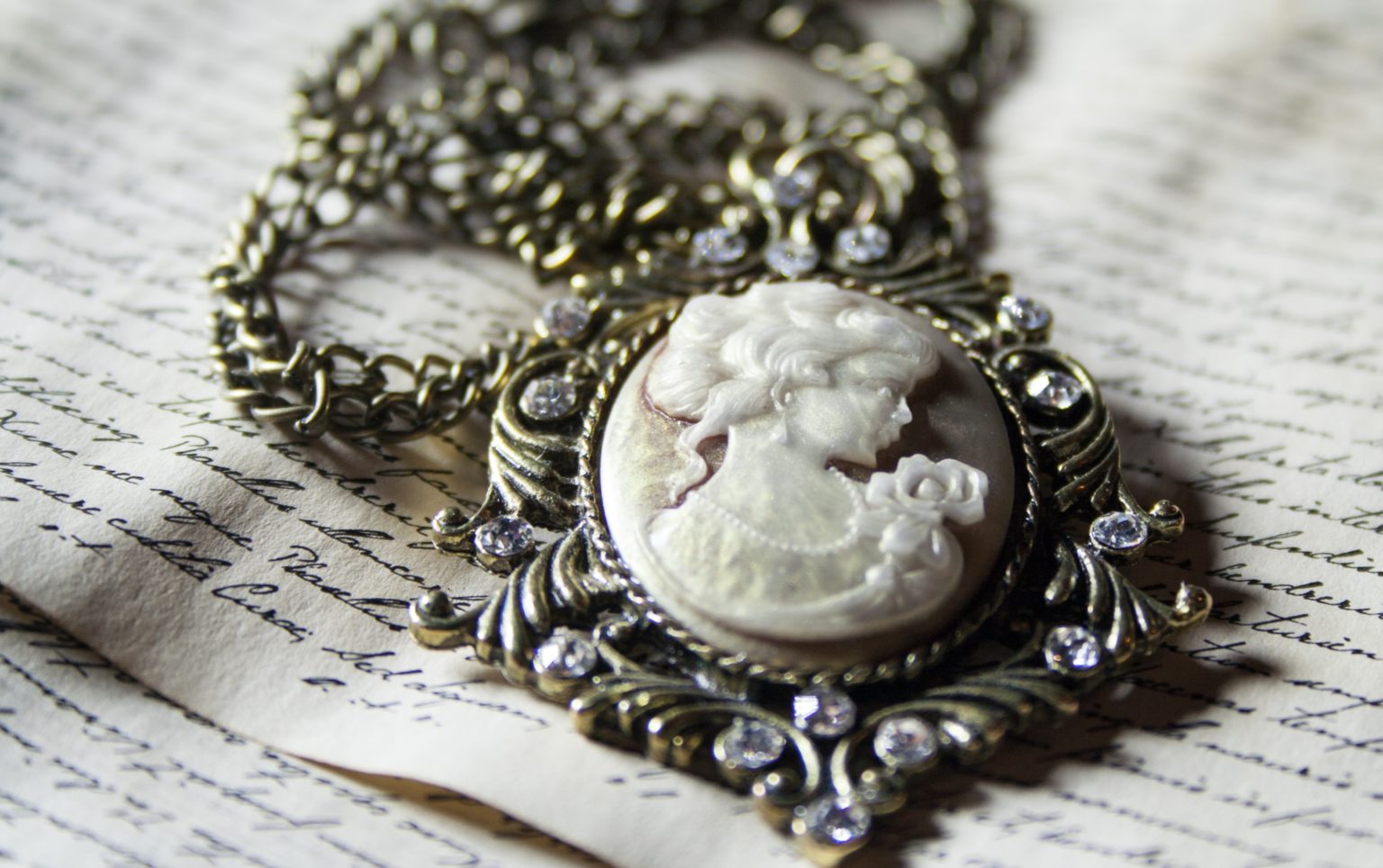ESTATE JEWELRY
We buy & Sell
Estate Jewelry describes pieces that were previously owned, it sounds more elegant than used or old jewelry or timepieces, Both vintage and antique are types of estate jewelry.
Antique Jewelry is typically at least 100 years old but often Art Deco jewels crafted during the 1920s to 1930s are included. Fine antique jewelry is generally made of either yellow gold or platinum.
Vintage Jewelry describes items that are at least one generation old, so anything before the 1980s is currently considered vintage. Many think of costume jewelry when they hear vintage jewelry; however, between the 1940s and 1980s, some of the finest crafted jewelry pieces were produced. Customers normally ask if we get items from estate sales. Not usually is the answer. Some items come from trusts, but most fine pre-owned pieces come from the family members that inherited them or original owners that no longer want or need them.

THE DRAMATIC DIFFERENCE BETWEEN ANTIQUE, VINTAGE & ESTATE JEWELRY
Estate Jewelry
Jewelry is considered “Estate” if the piece of jewelry in question has a previous owner. However, contrary to common belief—the previous owner of a piece of estate jewelry may very well still be alive. While the previous owners of a considerable percentage of estate jewelry have indeed passed away, the vitality of the previous owner has nothing to do with a piece of jewelry’s status as estate jewelry. Another common misconception in the world of estate jewelry — age, which has nothing to do with whether or not a piece of jewelry is classified as “Estate”. Although many estate pieces on the market today may be 50, 100, or even 150+ years old, age is not a determining factor when it comes to classifying estate jewelry.
Estate jewelry is any piece of jewelry that is used. This term encompasses all second-hand jewelry, regardless of whether it could be defined as antique or vintage. The item could be less than a month old and it could still be considered estate jewelry.


Antique Jewelry
Vintage Jewelry

Types Of Antique Jewelry
1
Victorian Jewelry
The monarch Queen Victoria inspired many of the tastes of this period. These pieces are considered sentimental and include brooches, link bracelets, fans and hair jewelry.
Early in her reign, pieces took floral inspiration or were otherwise symbolic of flowers. Gold was a popular metal since different plating techniques had been invented. Designers used gemstones including amethyst and garnet. In the mid-century, when Prince Albert died, Queen Victoria went into mourning. Jewelry made during this time was black with bold designs and gold with black enamel. After this, jewelry styles from the Renaissance and Gothic periods came into favor..
Later in the century, silver became the popular metal, and diamonds and pearls became the popular gemstones.
2
Art Nouveau Jewelry
Pendants, necklaces and hair ornaments were the famous pieces of this time, and their designs were inspired by natural elements. Dragonflies, flowing hair, female figures, plants and flowers were common. These designs favored curved silhouettes and incorporated elements like silver, enamel, moonstones, horn and natural materials.
3
Art Deco Jewelry
White gold and platinum were common metals, and diamonds were heavily utilized to create utterly stunning pieces that glittered with every square inch. Popular pieces included long earrings, rings, stacked bracelets and flapper beads, often worn together, shirking any attitude of “less is more” leftover from the War, and replacing it with “joie de vivre.”
4
Retro Jewelry
Pieces from this era use bold and chunky designs of floral patterns. Colored gemstones like aquamarine and topaz were common, and clip-on earrings that were close to or just below the ear became trendy.
